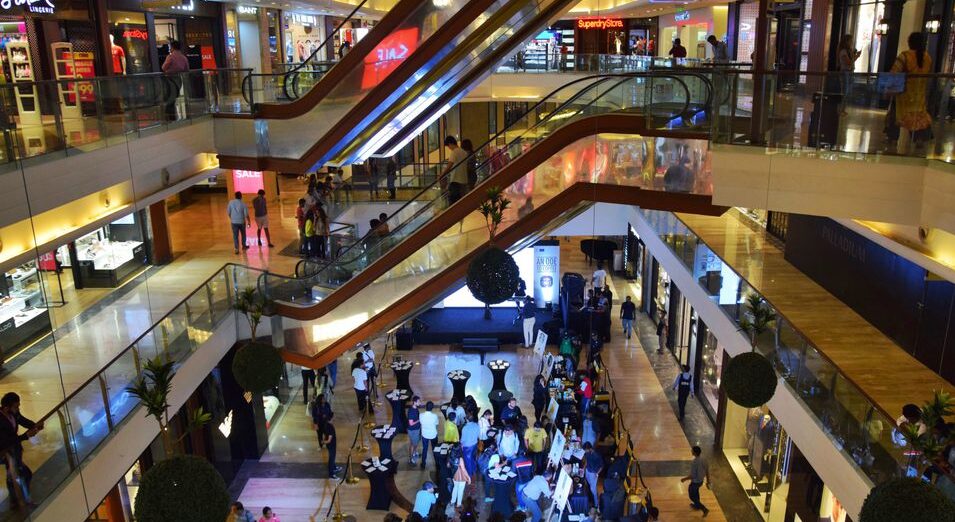24.58% Food Items Sold In Markets Not Upto Standard: FSSAI

New Delhi, 18th August 2021: Samples of 24.58 percent of the food items sold in the markets across the country have not been found to be up to the standard during the test. Not only this, about 3.8 percent of the food items sold openly in the market have turned out to be unsafe. Ahead of the start of the festival season, this big disclosure has come from the annual report of the Food Safety and Standards Authority of India (FSSAI) for 2019-20.
According to this report, a total penalty of Rs 59.35 crore has been recovered from accused persons in 2019-20. Of the total 1,18,775 samples collected from markets across the country, civil cases were initiated in 27,412 cases and criminal cases in 4,681 cases. In these civil and criminal cases, the court’s decision has come in a total of 17,702 cases. In this way, the total number of samples taken by FSSAI in a year on the allegation of adulteration, only in 14.90 percent of the cases, the court was successful in proving the charge.
It is worth noting that in 2018-19, a total of 1,06,459 food samples were tested by FSSAI. Out of which 3.7 percent (3,900 samples) were found to be unsafe. Thus, on a yearly basis, there has been an increase of 16.05 percent in adulterated food items in the markets across the country.
3.6 percent in Maharashtra and 5.2 percent in Delhi are unsafe
According to the annual report of FSSAI, a total of 15,717 samples were tested from the markets of Madhya Pradesh. Out of this, 0.8 percent (132 samples), 6,455 samples were tested from Rajasthan and 6.3% (409 samples), 2.9 percent (166 samples) out of 5,665 food samples from Bihar, 3.6 percent (216 samples) out of 5962 samples from Maharashtra.
And out of 2,114 samples in Delhi, 5.2% (109 samples) were found to be food unsafe. Similarly, a total of 13160 samples were tested by FSSAI from Gujarat. Out of which only 0.4 percent (59 samples) samples turn out to be unsafe. Similarly, 1.13 percent (80 samples) were found in Punjab, 3.1 percent (76 samples) in Haryana, 0.3 percent (only one sample) in Chandigarh and 2.7 percent (42 samples) in Chhattisgarh.








